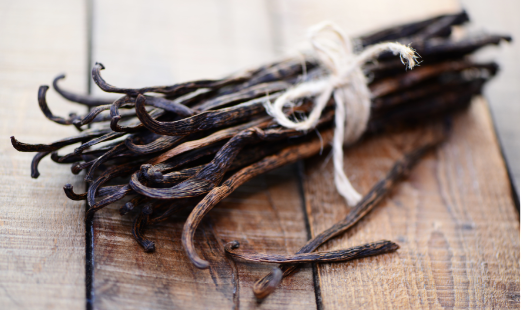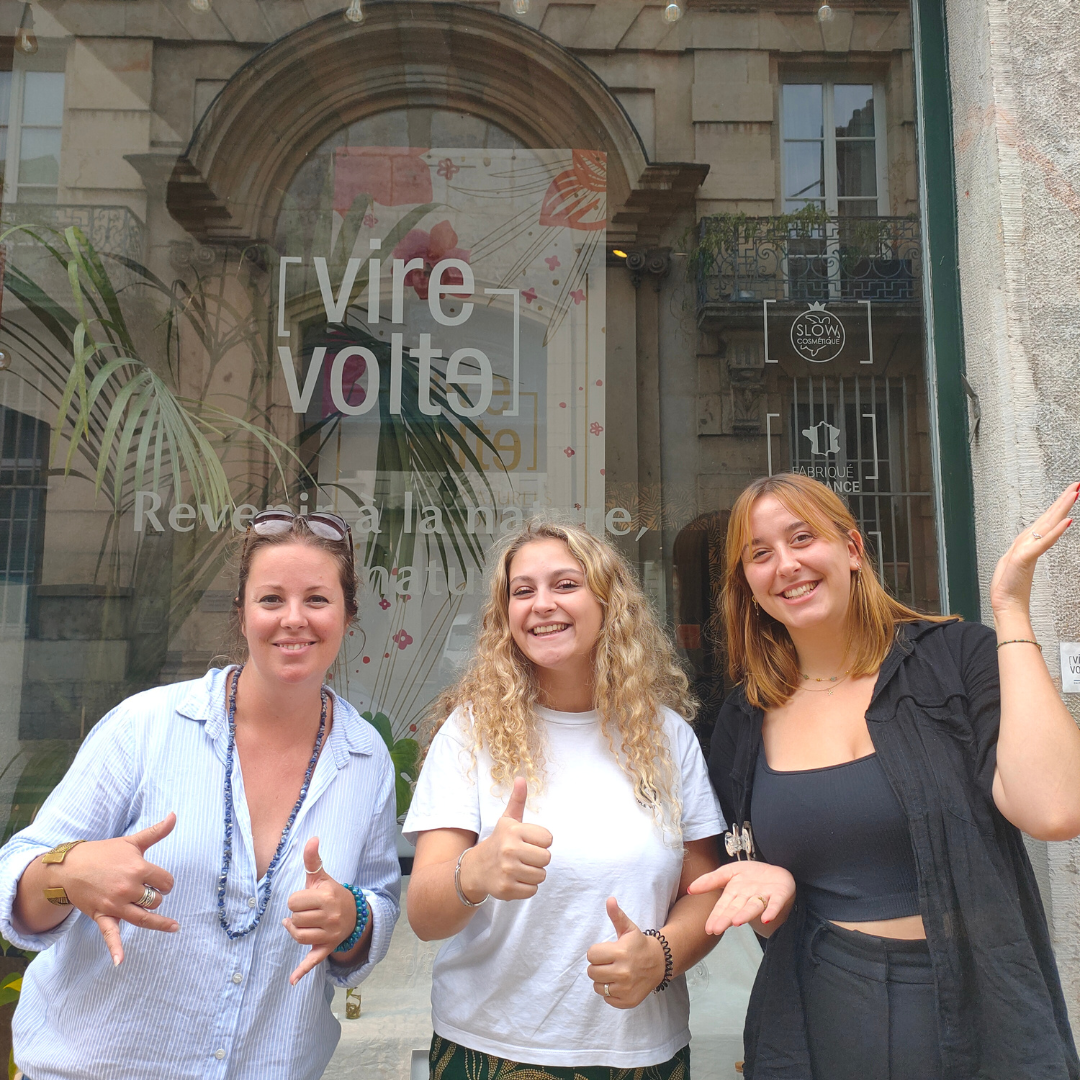
Vanilla planifolia, Orchidaceae
Of the history
Brought back in the 1580th century from Mexico, it was presented to the Spanish court in XNUMX.
She was quickly appreciated. The plant was first acclimatized in the greenhouses of winter gardens in Europe without bearing fruit. It was not until the XNUMXth century that André Thouin, gardener to the king, introduced the first vanilla plant in France. He sent it to Réunion and Madagascar. This foot was the father of all the vanilla cultures of Reunion and Madagascar.
A bit of botany
Vanilla is a perennial vine, from the Orchid family. There are more than 110 species of vanilla. A vanilla plant has a lifespan of about 10 years and only produces after the third year. Its large flowers have a very short-lived flowering and can only be fertilized for a few hours. Its reproductive system is either by a special insect, the Melipona bee, or by humans, through manual pollination. The phenomenon of pollination is done naturally either by the wind or by an insect, but in the case of the flowers of the vanilla tree, the insect being absent, it is the intervention of man which will be safer.
The planifolia species is the one that gives the finest and most persistent aroma. The one grown in Réunion, called Bourbon vanilla, is considered the most popular for baking. The species sought by perfumers is a species whose pods are called vanillons, are wider and shorter. Their more marked fragrance is the one particularly sought after for fine perfumery. It is mainly cultivated in Guadeloupe, since 1877.
From pod to aroma
The vanilla pod must undergo complex drying and fermentation to obtain this much appreciated aroma, which is due to the presence of gluco-vanillin.
It is first blanched in hot water for about twenty seconds. In a second stage, partial fermentation is caused in a current of humid heat, smothered in boxes, under blankets, alternating with exposure to the sun for fifteen days, delicately regularly turned over This first operation is necessary to trigger the enzyme activity. Then comes the drying, between shade and partial sun, to bring the humidity rate back to around 25 to 35%, which also lasts a fortnight. The aroma develops and we observe the blackening and softening of the pods which then have a wrinkled appearance and we finally see the vanillin crystals appear. The vanillas are then classified according to different criteria, appearance, finesse, aromas.
Extraction
The vanilla pods are then crushed and can undergo various maceration or extraction processes. The delicate transition to concentrate presents yields of the order of 10-12%. 18 kg of pods are necessary to obtain one kg of C02 extract. Extraction with supercritical C02 faithfully restores the smell of the pod.
The synthesis of vanilla was discovered in 877 and was a revolution both in the field of perfumery and in food.
In perfumery
It is definitely a base note, a wake. Sometimes animal, sometimes woody, powdery, gourmet, tahitensis vanilla, Tahitian vanilla, is also highly appreciated by perfumers.
Vanilla belongs to the family of oriental perfumes. In addition to sensualizing a composition, it softens the rawer notes that are often excessive. Its fragrance is rich, delicious and very powerful. Its dosage of around 0,1 to 0,2% is more than enough to sign its presence.
You will find these notes of vanilla in our vegan perfumes, Noir Délit et Orée Dorée.
Based on research by Tachka Sofer.

End of the Virevolte adventure
Do not hesitate to consult the list of our resellers if you wish to buy one of our perfumes.
Julie Desoomer
